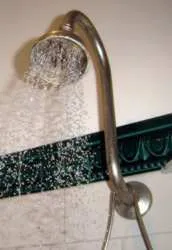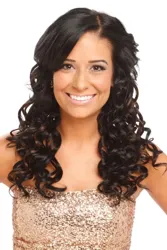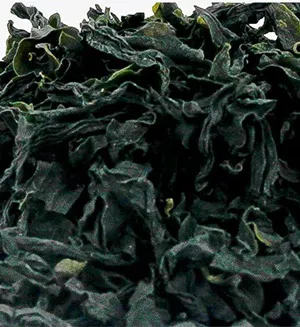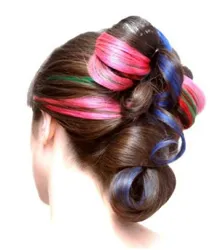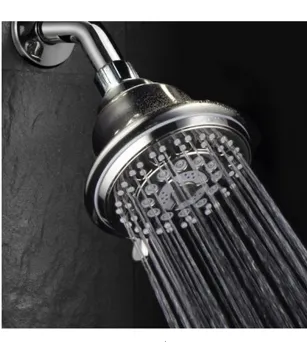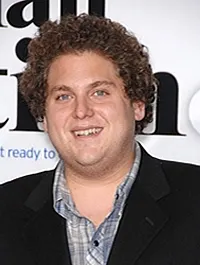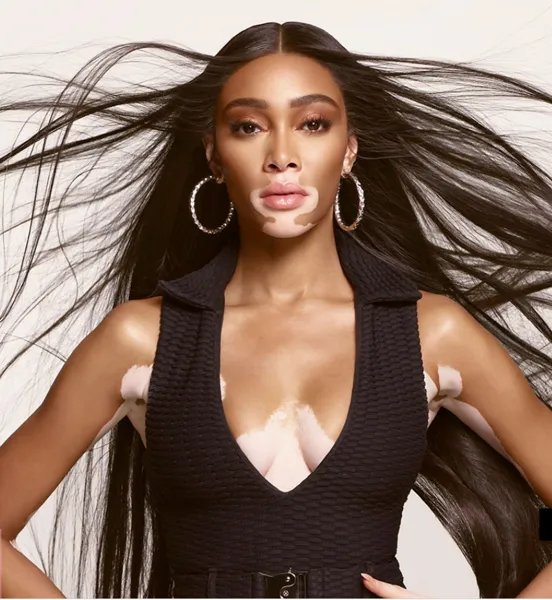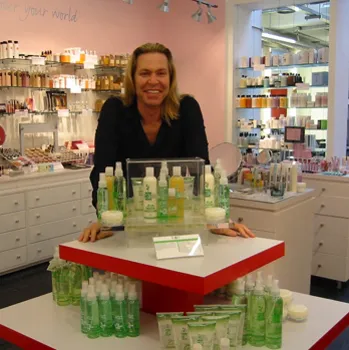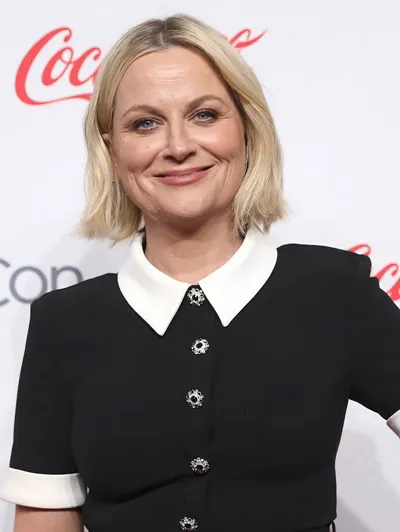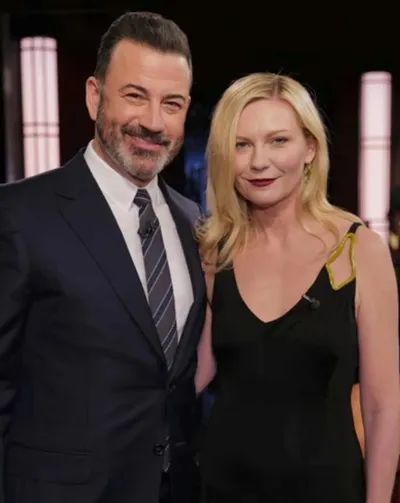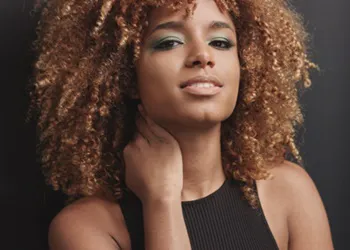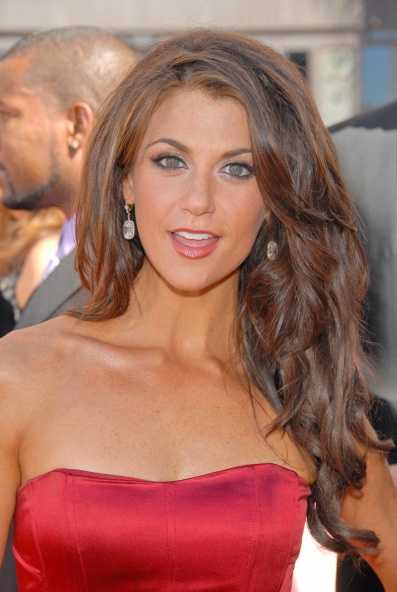
Hair Conditioner Advantages & Disadvantages
Introduction
When it comes to hair conditioners there are always advantages and disadvantages depending on the type of hair conditioner you select, the brand you choose and what issues you are trying to address with regard to your strands. Many hair consumers may find themselves overwhelmed by the vast number of hair conditioners currently available on the market. Just pop into a large beauty supply store and plan to spend time scratching your head while you try to make sense of all the options. Complicating the situation is the savvy marketing campaigns which have been launched by the large hair care manufacturing. In the early days hair conditioners were fairly easy to define. There were the initial finishing rinses, deep conditioners for damanged strands and detanglers. Many lines have been crossed over the past ten years with hair conditioning descriptions, advantages and disadvantes. Finishing rinses have been replaced with rinse out conditioners, instant conditioning treatments and even conditioning shampoos designed to soften and smoothe while cleansing the hair. Does that really work? It all depends on the hair type, texture, current condition, length, chemical condition (colored, straightened, relaxed, texturized) and ultimate styling goals.
Type of Hair ConditionersMost hair conditioners still fall into basic categories. The basic options cover the following hair conditioning treatments: 1. Pre-shampoo conditioning treatments 2. Conditioning and moisture enriching shampoo formulas 3. Post shampoo rinse-out conditioners which are also known as finishing rinses and instant conditioners 4. Deep conditioning treatments which can be used at a variety of times on either dry or wet hair. 5. Leave-in conditioners used after hair is washed and towel dried 6. Reconstructors 7. Acidic rinses 8. Conditioning detanglers designed to condition while detangling after shampoo sessions 9. Moisture enhancing hair mousses with conditioning properties 10. Conditioning straightening, serums and sculpting sprays 11. In-between shampoo conditioners including oils, butters and moisturizers There are also niche conditioners that are designed to preserve, intensify and/or extend colored hair. In addition, there are conditioners formulated for chemically treated hair or extremely damaged hair. Pre-shampoo Conditioning TreatmentsThese types of pre-shampoo treatments are best utilized when hair is extremely damaged, tangles extensively or is easily damaged by shampoo and related products. Pre-shampoo conditioners can range from oil based products that are used to coat the damaged sections of hair and the ends to lighter creams. Pre-shampoo conditioners are usually applied to dry strands or lightly moistened strands. Advantages: Will coat hair in preparation for shampoo treatments. Will help to soften hair so it is more receptive to cleansing. Best for hair that chemically treated, damaged, naturally curly or kinky. Disadvantages: Depending on the ultimate goal of the pre-conditioning treatments, they can be time consuming and even messy when using hot oils or hair masks. Conditioning and moisture enriching shampoo formulasSome shampoo formulas offer a combined shampoo/conditioning treatment. These products have been proven to be less effective since the moisturizing agents are mixed in with shampoo agents and this can result in less conditioning of the tresses. Advantages: Shampoo formulas that tout moisture enriching, moisture adding, soothing or softening are products that contain a variety of ingredients designed to be less harsh to the hair. Many hair experts believe the best way to use any shampoo formula is to dilute it with water. This prevents any excessive drying of the strands and minimizes any striping of natural oils during the cleansing cycle. Disadvantages: Because this is a mixture, neither step works as well. The shampoo and the conditioner may actually work at cross purposes. Not recommended for any type of hair other than fine or limp hair that is chemically untouched. Post shampoo rinse-out conditioners, finishing rinses, instant conditionersRinse out conditioners, finishing rinses and instant treatments come in a wide range of formulas. These types of conditioners should be selected to match your hair's type, texture and challenges. Post shampoo rinse out conditioners are applied after all shampoo has been rinse out but before the final cool/cold water rinse. Advantages: These rinse out conditioner help detangle knots and snags, soften and condition without adding any additional weight to the hair. Best for hair virgin hair, hair that is not chemically damaged or fine, limp hair if a conditioner is needed. Disadvantages: Unless a very light formula is selected, even rinse out conditioners can weigh down fine strands. Since the conditioner is ultimately rinsed out, it can help with detangling and snags but ultimately it can not offer enough intensive conditioning for chemically treated or damaged hair. It can help soften waves and natural curls but is usually not enough for helping to smoothe texture. Deep conditioning treatmentsThese conditioners can be used at a variety of times on either dry or wet hair. Depending on they type, texture and condition of hair the deep conditioner will treat, they can last from 2 minutes to over 60 minutes. Advantages: Intense conditioning for hair that has been chemically damaged. Disadvantages: Can not be used too frequently or may build up on the hair. Leave-in conditionersLeave-in conditioners are applied after hair is washed and towel dried. It is recommended the hair still be slightly damp when leave-in conditioners are added. They are not washed from the hair until the next shampoo treatment. Advantages: Helps detangle knots and snags, softens and conditions without adding any excessive weight to the hair, depending on the formula. Best for hair that requires light to medium conditioning assistance. Seals in moisture and helps protect against heat and styling damage from blow dryers and hot tools. Some leave-in conditioning formulas contain added sunscreens to protect tresses from sun or environmental damage. Disadvantages: The incorrect formula can make strands feel heavy or cause hair to become oily. ReconstructorsAdvantages: Helps detangle knots and snags, softens and conditions without adding any excessive weight to the hair, depending on the formula. Best for hair that requires light to medium conditioning assistance. Seals in moisture and helps protect against heat and styling damage from blow dryers and hot tools. Some leave-in conditioning formulas contain added sunscreens to protect tresses from sun or environmental damage. Disadvantages: The incorrect formula can make strands feel heavy or cause hair to become oily Acidic rinsesAdvantages: Mildly acidic pH works to close the cuticle of the hair, improving smoothiness and shine. Typical ingredient include vinegar and citrus. Helps give hair more manageability and shine. Disadvantages: Done not work as a conditioning agent. Conditioning DetanglersDesigned to condition while detangling after shampoo sessions. Although the formulations have changed over time, detanglers were originally much lighter than leave-in conditioners. Similar to leave-in conditioners, detanglers are not rinsed out of the hair and are applied to towel blotted damp strands. Advantages: Light to medium conditioning properties. Helps ease styling challenges such as knots and tangles. Is light enough to prevent heavy or sticky feel. Protects hair against heat and styling damages. Disadvantages: Even the lightest formulas may be too heavy for thin/fine strands. When in doubt always buy leave-in sprays or mists which will offer the lightest possible options. Moisture enhancing hair mousses with conditioning propertiesAdvantages: Helps detangle knots and snags, softens and conditions without adding any excessive weight to the hair, depending on the formula. Best for hair that requires light to medium conditioning assistance. Seals in moisture and helps protect against heat and styling damage from blow dryers and hot tools. Some leave-in conditioning formulas contain added sunscreens to protect tresses from sun or environmental damage. Disadvantages: The incorrect formula can make strands feel heavy or cause hair to become oily Conditioning straightening, serums and sculpting spraysAdvantages: Helps detangle knots and snags, softens and conditions without adding any excessive weight to the hair, depending on the formula. Best for hair that requires light to medium conditioning assistance. Seals in moisture and helps protect against heat and styling damage from blow dryers and hot tools. Some leave-in conditioning formulas contain added sunscreens to protect tresses from sun or environmental damage. Disadvantages: The incorrect formula can make strands feel heavy or cause hair to become oily In-between shampoo conditioners including oils, butters and moisturizersAdvantages: Helps detangle knots and snags, softens and conditions without adding any excessive weight to the hair, depending on the formula. Best for hair that requires light to medium conditioning assistance. Seals in moisture and helps protect against heat and styling damage from blow dryers and hot tools. Some leave-in conditioning formulas contain added sunscreens to protect tresses from sun or environmental damage. Disadvantages: The incorrect formula can make strands feel heavy or cause hair to become oily Color Added ConditionersColor added conditioners may or may not contain hair color or dyes to enhance the current hair color. Some can slightly enhance hair color and or/extend the look of color treated hair. Hair Condition Cocktailing
A lot of misconception exists regarding how much hair conditioner should be applied, how long it should be allowed to remain in the hair and whether to apply to wet, damp or bone dry strands. Is there a clear answer? Yes, the answer is that there is no clear cut formula. It all depends on the individual and their hair's current needs. One thing is certain. Always start by reading the instructions for use with each conditioner. The manufacturer will provide general use tips. Another good rule of thumb to follow with hair conditioners is to get advice from your trusted hair care expert. Not only will they be able to tell you what type of conditioning program your hair would benefit from, they can recommend specific products. Hair Conditioning Trial And ErrorDepending on the ultimate goal of the hair conditioner, it may be packaged in a variety of forms ranging from solid bars, creamy rich packs, sprays, oils, gels or liquids. It is important to keep all conditioning products from being compromised by human fingers, hands or other elements such as high and low temperatures or water. While it is often convenient to store your rinse-out conditioners in the shower, make sure that they can not be altered by shower heat or spray. If you use oils or creamy packs, always remove a small amount via a special spatula or plastic spoon and place in a separate bowl to avoid dipping your fingers into the mother lode. Fingernails are often contaminated and this makes it easy to spread unwanted bacteria to your base supply. Avoid storing any conditioning products in direct sunlight or in rooms with extremes of temperature. Some products such as oils may require storage in dark, cool areas. Read the instructions on each conditioning formula. SummaryThe basic role of a hair conditioner is quite simply to condition the hair, make it softer, smoother and easier to detangle and style. Hair conditioners actually coat the hair's shaft with a variety of ingredients designed to achieve a wide range of goals from helping to soothe damaged sections, seal in additional moisture as well as act as a protective long term barrier. It is important to remember that hair conditioners, while they can offer amazing results when selected wisely, they are only temporary. The next time you turn on the shower and step in, all those fabulous conditioning results will wash right down the drain.
| ||||||
| If you want to talk more about these or other hair care articles on HairBoutique.com or anywhere else, please post a message on HairBoutique.com's Hair Talk Forums
|
Social Media Network Information
Please follow us on Twitter at: https://Twitter.com/HairBoutique. I look forward to meeting new people from all walks of Twitter and learning from their Tweets.




